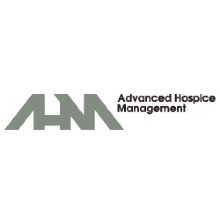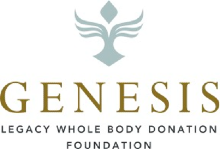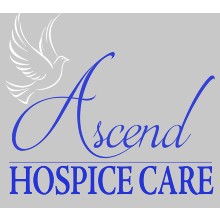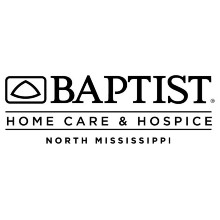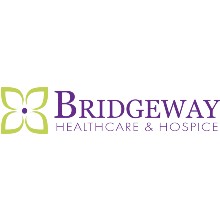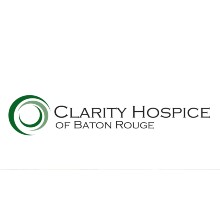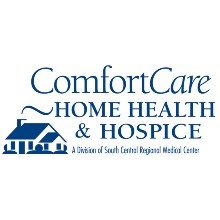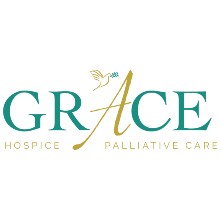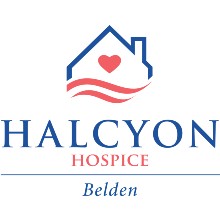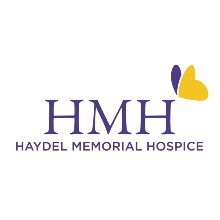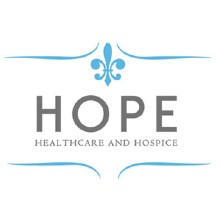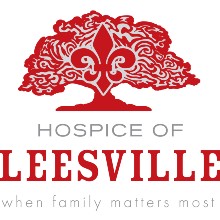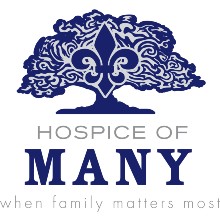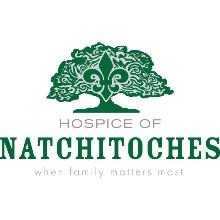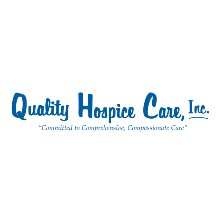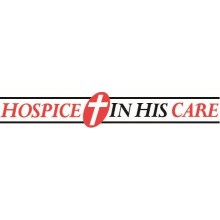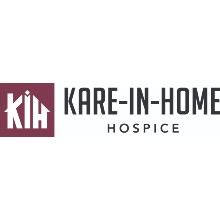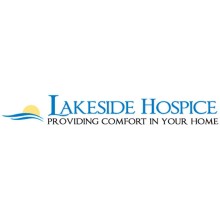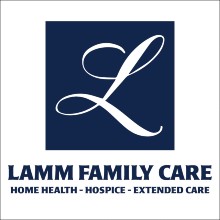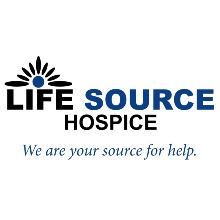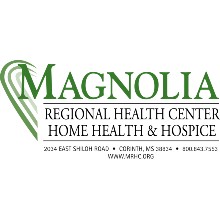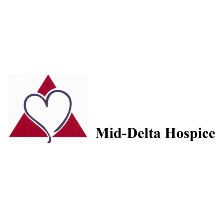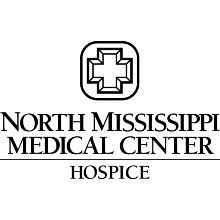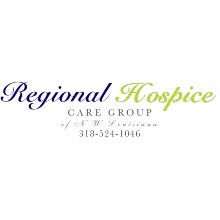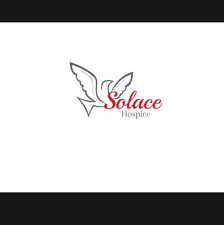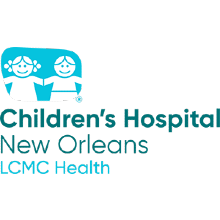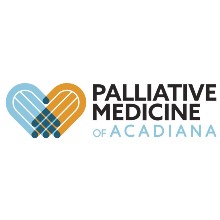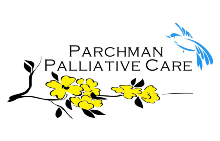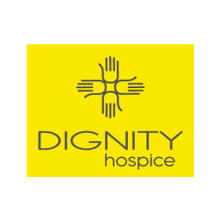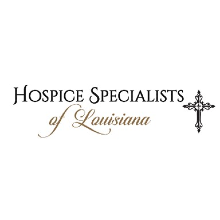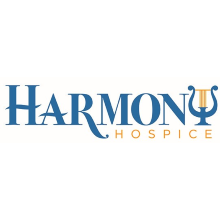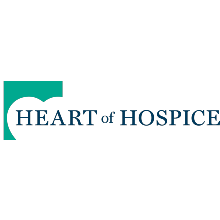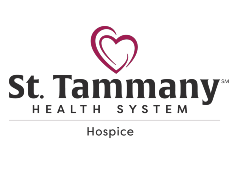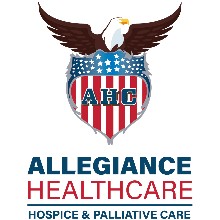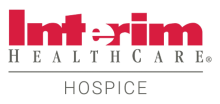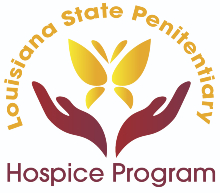|
FACTS ABOUT HOSPICE
Hospice is considered to be the model for quality, compassionate care at the end-of-life.
Having more information about hospice care allow Americans to make educated decisions about their end-of-life care. The services provided by hospice care are what Americans want; yet 83% of them don’t know about hospice care. Rather than reinforcing fears about death, the need exist to ensure that every American understands that hospice care provides the compassion and dignity desired and needed at the end of life.
- Despite enormous medical advances, too many Americans still die alone or in pain, enduring costly and ineffective medical treatments.
- Hospice focus is on caring, not curing.
- Patients at the end of life are being referred to hospice care too late, or not at all.
- The National Hospice Foundation research on end-of-life care found that Americans are more willing to talk about safe sex and drugs with their children than to discuss end-of-life care with their terminally ill parents.
- Only 24% of Americans put into writing how they want to be cared for at the end-of-life.
- A substantial proportion, 19%, have not thought about end-of-life care at all, while 16% have thought about it, but not told anyone their wishes.
- The National Hospice and Palliative Care Organization estimates that for every one hospice patient, there are two more who could benefit from hospice services.
- The Medicare Hospice Benefit guarantees comprehensive high-quality end-of-life care – at little or no cost – to America’s terminally ill Medicare beneficiaries and their families.
- Hospice care is what Americans want.
- Research tells us that the top four services Americans feel are most important for themselves and their loved ones who has less than six months to live are:
Someone to be sure that the patient’s wishes are honored;
Choice among the types of services the patient can receive;
Pain control tailored to the patient’s wishes; and,
Emotional support for the patient and family.
- The National Hospice Foundation research showed that 80% of Americans said their wish is to die at home.
- Of the 2.4 million Americans who die each year, less than 25% actually die at home.
- Of the 1.3 million patients who receive hospice care, over 75% die at home.
- Additionally, the research found that people are willing to have an outside organization come into their homes and assist with care for a family member in the last stage of life.
- Sixty-six percent would welcome help from an outside organization, like a hospice, while 24% would prefer to take care of the family member by themselves, with the help of family and friends.
- Americans are aging.
- Today, there are nearly 50 million seniors in the U.S.
- In the next 20 years, this number is expected to double, as baby boomers reach age 65.
- Considering the discussions taking place in the media, online, and in other arenas, boomers, place great importance on dying well, not just in living well.
- Hospice provides the quality care that allows us to live well at the end of life.
- Hospice is considered to be the model for quality, compassionate care at the end-of-life.
- Hospice care involves a team-oriented approach to expert medical care, pain management, emotional and spiritual support expressly tailored to the patient’s needs and wishes.
- Support is extended to the patient’s loved ones, as well.
- The Medicare hospice benefit covers all medication and equipment related to the hospice diagnosis.
- The hospice RN is available 24 hours, 7 days a week.
- Your primary care physician may continue to participate in your hospice care.
- At the center of hospice is the belief that each of us should be able to die pain-free with dignity, and that our families receive the necessary support to allow us to do so.
- Many patients experience pain and other distressing symptoms as their illness progresses.
- Hospice professionals receive special training to effectively anticipate, assess, treat, and prevent all types of physical symptoms that cause discomfort and distress.
- Hospice care is recognized as the gold standard for end-of-life care.
- Hospice care is a growing and viable option for quality end-of-life care.
- In 2015, hospice care was provided to at least 1.3 million patients.
- Clearly, as Americans learn more about hospice, they are recognizing that it’s the kind of end-of-life care they want and need.
- A terminally ill patient may receive hospice care for as long as necessary when a physician certifies that he or she has a life expectancy of six months or less.
If you have more questions about hospice services in Louisiana or Mississippi, call 1-888-546-1500 and someone will help you think through your questions.
|








